Lakeland is the most populous city in Polk County, Florida, with over 120,000 residents. As such, the area has plenty of busy roads and many bicycle commuters. Fortunately, the city has bicycle infrastructure to accommodate these riders, easing their commutes and protecting them from crashes.
The League of American Bicyclists has awarded Lakeland a bronze award for bike-friendliness, recognizing the city’s efforts to incorporate cyclists into its transportation planning.
Outcomes Of Bike Crashes In Lakeland
Polk County experienced 169 bicycle accidents in 2022, according to the FLHSMV Crash Dashboard. The 169 crashes in the Lakeland metropolitan area caused four fatalities and 159 non-fatal injuries, meaning over 96% of cyclists involved in collisions in the Lakeland metro area suffered either injury or death.
Surprisingly, cyclists fared worse than pedestrians. Only about 72% of pedestrians hit by cars in Lakeland were either injured or killed.
Cyclists who suffered non-fatal injuries experienced a range of injuries, including:
- Fractures
- Brain injuries
- Abrasions
- Concussions
- Sprains
Cyclists can suffer trauma to the head, face, neck, and limbs, but riders who wear a helmet reduce their risk of death by up to 34% and their risk of brain trauma by up to 53%.
Most Dangerous Times To Ride
Lakeland sees its peak season in March and December during school breaks. When tourists drive and ride, the odds of a collision increase.
Weekdays average more crashes per day than weekends, but the difference is relatively minor. The one exception is Friday, where the number of bike crashes that cause injury or death jumps 36% compared to the weekday average.
The most dangerous time to ride a bike in Lakeland is during the morning commute. A peak in bike crashes occurs between 6 a.m. and 7 a.m. Unlike other cities, Lakeland does not see a second peak during the afternoon rush hour. Instead, Lakeland’s second peak occurs between 7 p.m. and 9 p.m.
Common Causes Of Bicycle Crashes
Collisions between bicycles and motor vehicles can result from actions by either drivers or cyclists.
Some actions cyclists take that cause collisions include:
- Not looking before changing lanes
- Crossing multiple lanes of traffic at once
- Running red lights or stop signs
Drivers can also cause collisions with bicyclists, often due to driver error.
Vehicles can sideswipe bicycles while changing lanes when drivers fail to check their blind spots. These collisions can knock a cyclist over, running them off the road or even into oncoming traffic. Similarly, drivers can get in the way of bicyclists when overtaking them.
Another common cause of collisions is drivers failing to yield to bicyclists at intersections. Instead of stopping for oncoming cyclists, drivers often go through intersections without waiting.
Bicycle Collision Hotspots In Lakeland
Lakeland has several locations where bicycle crashes tend to cluster, most commonly on busy roads where bicycles and motor vehicle traffic mingle. They also emerge where roads have inadequate crossings and a lack of proper bicycle infrastructure.
Crash hotspots in Lakeland include:
- The intersection of Bartow Rd. and Florida Ave.
- Memorial Blvd. between Florida Ave. and Lakeland Hills Blvd.
- The intersection of New Tampa Hwy. and Wabash Ave.
- The intersection of Georges Jenkins Blvd. and Brunnell Pkwy.
- Griffin Rd. near the US-98 off-ramps
- The intersection of Foxwood Blvd. and US-98
- FL-582/Griffin Blvd. between I-4 and Kathleen Rd.
These hotspots are all situated on some of Lakeland’s busiest roads. Unfortunately, they also sit on roads with existing bicycle infrastructure.
The Polk County Transportation Planning Organization has also identified 69 high-crash corridors. It plans to study its options for additional infrastructure to improve the safety of pedestrians and cyclists in these areas.
Lakeland Bicycle Infrastructure
All of Lakeland’s high-speed roads have bicycle infrastructure in place. Lakeland has also added bikeways equivalent to 23% of its road network,
Bikeway additions in Lakeland include:
- 46 miles of multi-use trails available for the exclusive use of non-motorized traffic
- 69 miles of marked bike lanes
- 44 miles of paved shoulders
- Three miles of shared routes that allow bicycles the full use of the lane
Lakeland also has 311 miles of sidewalks, and the state permits cyclists to ride on sidewalks as long as the city or county has not prohibited it. Lakeland has no ordinance restricting sidewalk usage.
Public Transportation In Lakeland
All regular Citrus Connection buses have front-mounted bicycle racks. Cyclists can take their bicycles on the bus by signaling the driver before loading them onto the rack. Riders with bikes do not need to pay any additional fare to take a bike. The racks accommodate all frame sizes and tire widths, but e-bikes and motorized bikes are not permitted.
Riding Safely In Lakeland
Lakeland has a reputation for its bicycle friendliness. But remember to plan your route to use roads with bike lanes and try to stay away from highways and other high-speed roads. Always wear a helmet and keep watch for careless drivers.

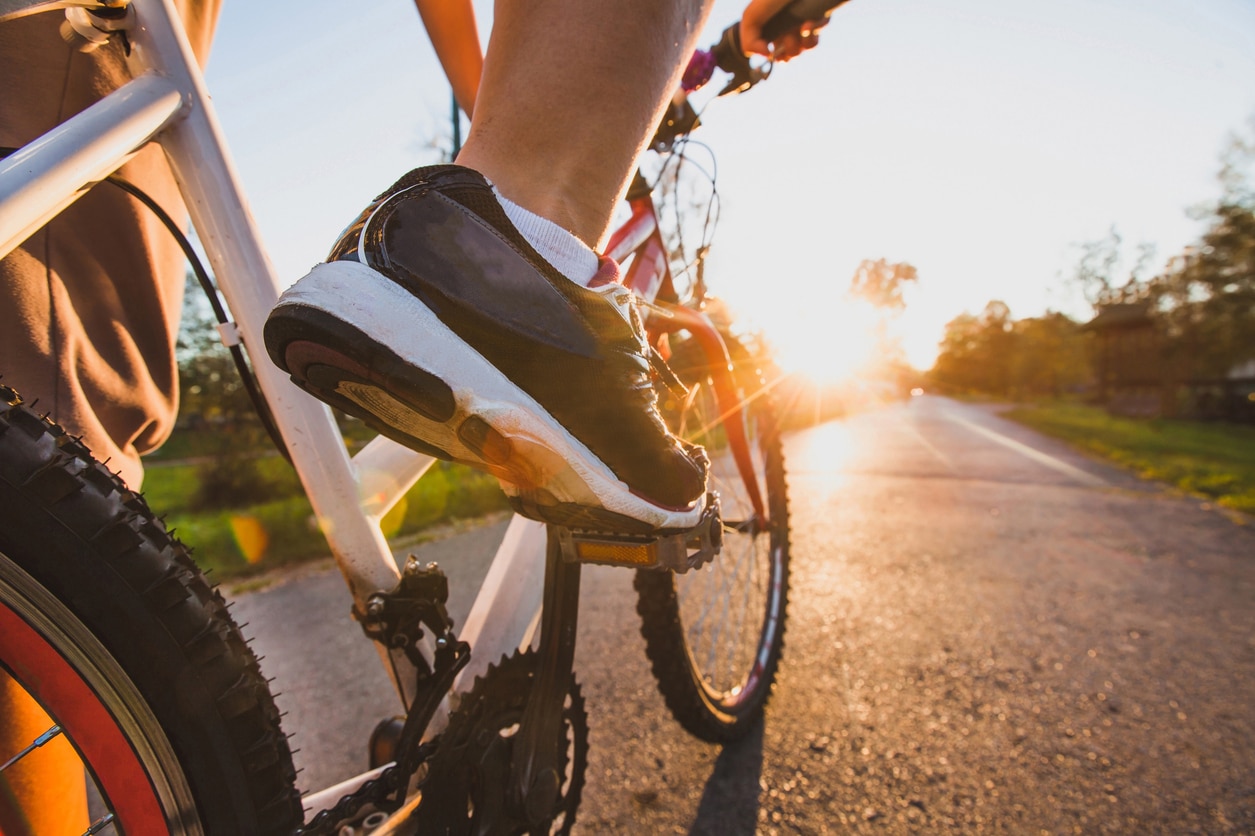
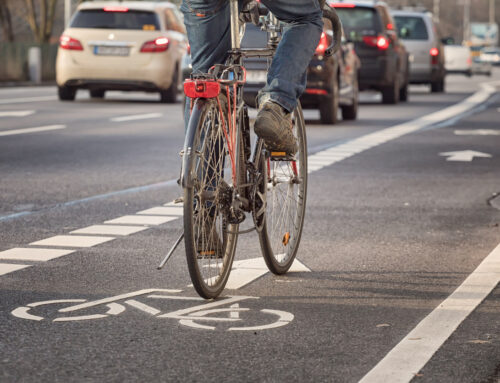
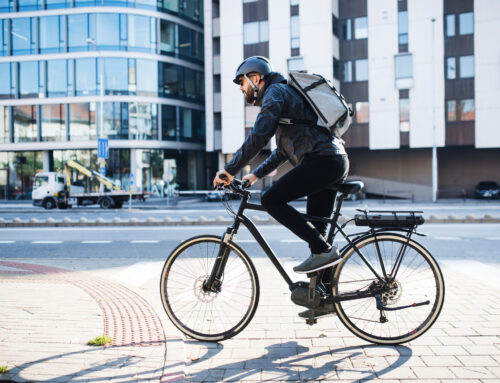
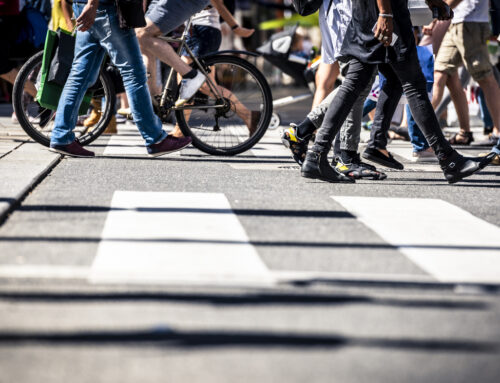
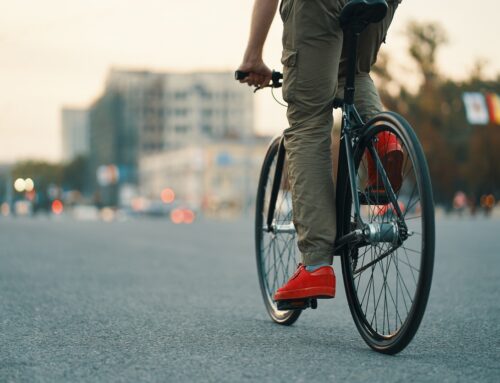
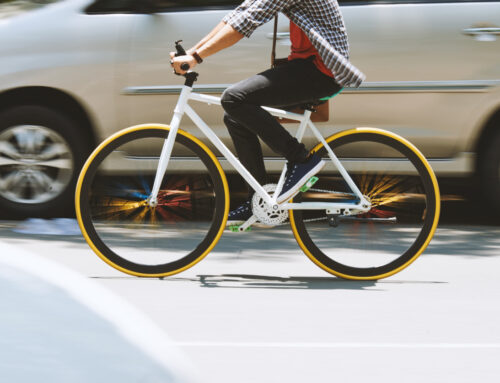
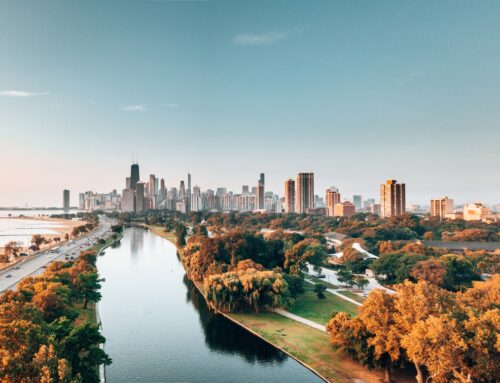
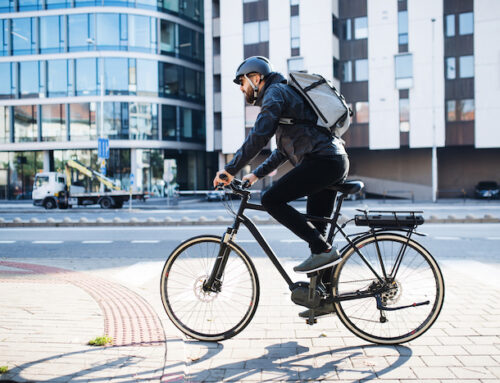
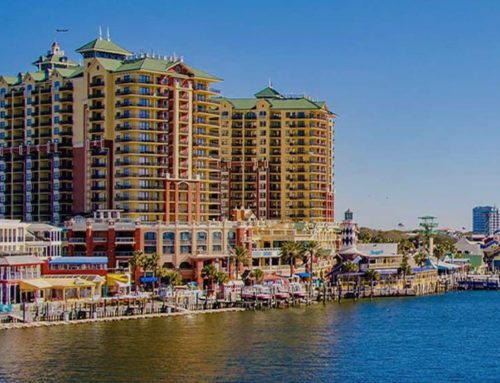
Leave A Comment